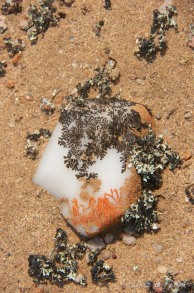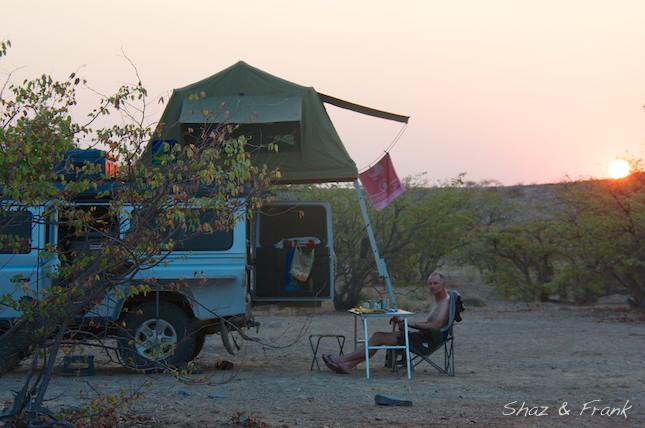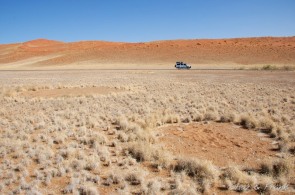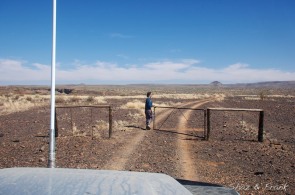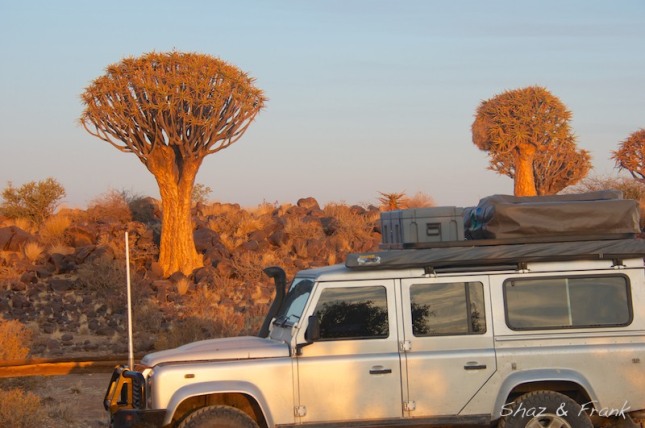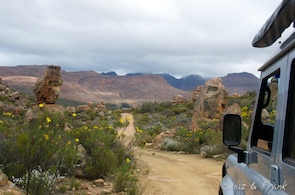Malawi – “The Warm Heart of Africa”
Malawi’s currency – There is an image of a Defender on their 50 Kwacha bank note; I like it here already!
From the border crossing, we scooted straight to the capital, Lilongwe; and stayed at the Golf Club, which offered cheap food and drinks at the clubhouse. Camping includes the use of all their facilities, golf, tennis, etc.
We drove to Lake Malawi, the 3rd largest freshwater lake in Africa, being approx. 570km long! The drive through the countryside is amazing and scenic, but keep an eye on your speed. Police with speed cameras typically hang out where the highway looks normal, but are actually 50km/h zones.
The highway makes a very scenic descent, dropping 1,200 meters down to the lake. Many roadside stalls were selling beautifully crafted wooden toys, including our loves, bicycles and Defenders. Unfortunately we could not buy any, as we do not have space to carry souvenirs.

Cape McClear is at the southern end of the lake. People come to the beach all day long to swim, wash themselves, their dishes, pots, pans and laundry; 5:30am is peak time, I thought I was up early and was surprised to see the crowds up and down the beach. At night, in the distance across the lake, ‘lights of a city shine brightly’; but they are actually the bright lights from many fishing boats way ‘out to sea’. It is tough for the fishermen; the lake is being over fished and they use small nets catching tiny fish. In some areas, numerous motorboats all head out on sunset; in others, the fishermen set off in their heavy wooden canoes at about 4pm. It takes them 3-4 hours to paddle out, they then fish all night, and paddle all the way back in the early hours of the morning; very dangerous if wind and waves come up.
Bilharzia (parasite) is common in many African waterways, including Lake Malawi, and especially the Cape McClear area. Risking infection, we hired a canoe to paddle out to an island for some snorkeling. A cormorant was watching, when Frankie dived in, it dived in too, and darted around him. There are hundreds of tiny electric blue fish that follow as you snorkel along. (Apparently the shores along Cape McClear are high bilharzia risk areas, but that is where the campsites source their water, so you are showering in contaminated water anyway. We bought Praziquantal tablets, which the Doctor said to take 3mths after exposure).
Lunchstop (or accommodation) tip: Best Cape Malay curry and cheesecake was had in the Nkhotakhota Sitima Inn, an interesting hotel resembling an ocean liner.
Vwaza National Park
Frankie found some back roads into and out of this park so it was a very pleasant drive. Vwaza is a small park with lots of hippos, some elephants and Tsetie Flies. You could easily go in and out in a day, as the internal roads only cover a few kilometers.
Lukwe Gardens and Eco Camp in Livingstonia.
It was quite amazing to see the simple measures (permaculture) that Lieza and Auke have put in place to enable their whole property (campground, staff residence, gardens, etc) to operate without being connected to any town water, sewer or power.
With careful plant selections (bananas, tubers) they are successfully converting poor, dry, degraded areas of their land back to useful, healthy environments. Even though they are located very high up a mountain, they have been able to increase the ground water table, simply by controlling water run off. As a result their springs now flow all year round, no longer drying up during dry season.
They have a very diverse organic garden that produces food for the restaurant, as well as for their chickens, ducks and rabbits (which in turn provide fertilizer). Some food plants (eg leeks, peppermint) also act as natural pest repellents; others (eg legumes) replenish nitrogen back to the soil.
Being in the coffee industry, I took note of the coffee growing in their garden. Lukwe have 3 small, organic garden harvests a year. They roast their coffee in a skillet, pound it in a wooden mortar and serve as stovetop coffee in their cliff-top restaurant.
Livingstonia micro breweries.
I tasted some “beers” that 3 ladies brew from maize and cassava. The men will sit there all day drinking the beer. They say it makes them strong, and if you have 3 mugs a day, you don’t need to eat. A huge mugful costs 100 kwatcha (approx. of 28cents) 1st lady’s was quite neutral and pleasant, 2nd was more tangy and alcoholic and was the most popular, 3rd had an unpleasant, strong burnt taint.
Floja Foundation.
The work done by Floja in the local area is quite amazing. Floja sunk a bore, and locals can come to collect clean water from the tap. They setup a school for orphans, disabled and special needs kids. Other local children can also attend but their parents pay a fee.
We were told not to give money, food, empty bottles, anything directly to people in the area, even for photographs; and the locals have been told they are not to ask. I heard “Begging promotes laziness” and is probably one of the motos they teach. Everything that Floja are providing and doing must be working as the surrounding area has a different feel, everyone seems happy and no one is begging.












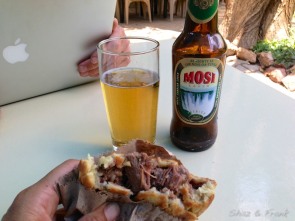

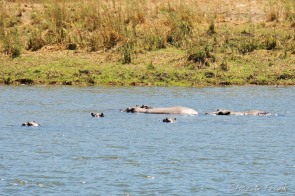










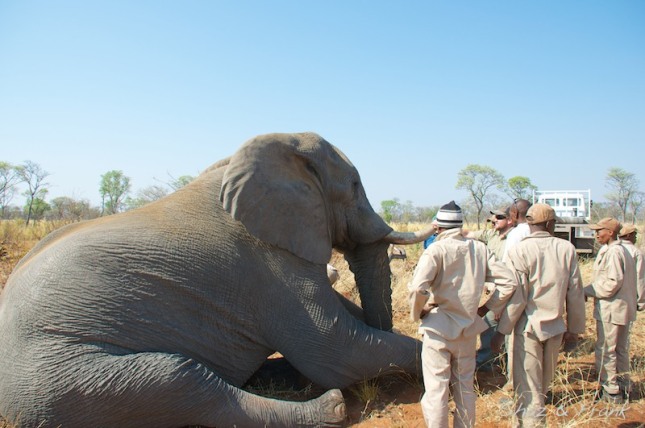

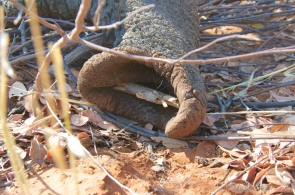




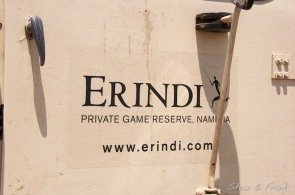



 Van Zyls track is quite long, slow, rocky and bouncy, with a number of low range/ 1st, technical sections. Good ground clearance is useful. Take everything to be self sufficient.
Van Zyls track is quite long, slow, rocky and bouncy, with a number of low range/ 1st, technical sections. Good ground clearance is useful. Take everything to be self sufficient.






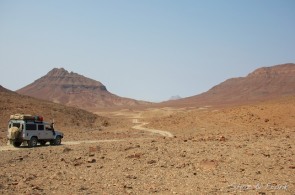




 Refueled, restocked and laundry up-to-date, we exited Swakopmund by the Salt Road, to head up the cold, foggy Skeleton Coast.
Refueled, restocked and laundry up-to-date, we exited Swakopmund by the Salt Road, to head up the cold, foggy Skeleton Coast.
